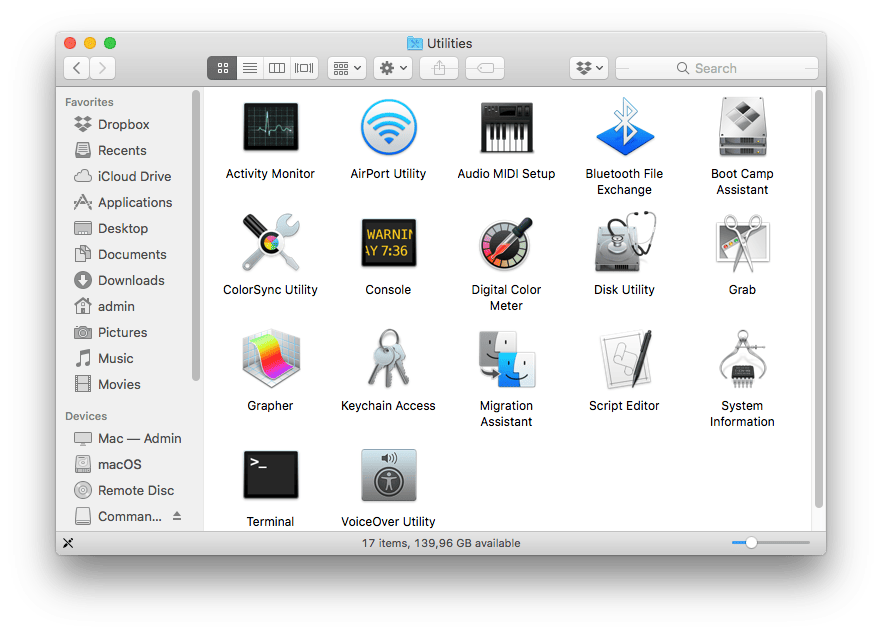

- How to get to mac task manager how to#
- How to get to mac task manager windows 10#
- How to get to mac task manager windows 8#
- How to get to mac task manager windows#
This means that it will stay in the dock in the future even you quit the Activity monitor.

How to get to mac task manager windows#
The bad news is that there are no shortcut keys to open task manager on MAC as windows where you can use CTRL+ALT+DELETE keys.
How to get to mac task manager how to#
Read More: How to Force Quit on Mac? How to Open Task Manager on MAC? It’s suitable for those users who need to send or receive more data through the online system. This is the last tab of the activity monitor, which shows how much data received or sent by any app you installed in your MAC. You have to find the apps with more power consumption to shut down to enhance your MAC screen time. When you are using your MAC on battery instead of plugging in, this tab will be handy. Because RAM of MAC is directly responsible for your MAC’s speed and efficiency so you need to get rid of heavy users, which consumes more power to speed up the system.Īnother great feature of the RAM tab is that if you see the RAM bar in green color, then it would be fine but if it turns red then it means that your RAM required some additional storage which you have to buy. The second tab you need to consider is memory, which shows how much storage takes by each app. Generally, the CPU tab called “kernel_task” and could take a lot of resources of MACīut don’t worry about that, and especially you don’t need to be panic because CPU is the heaviest process on the list. The first feature we choose is CPU, which shows the exact percentage of power your MAC is consuming and tells you how long this power has been running on your MAC. Here we explained some quick features of activity monitor: CPU: If you never explored the task manager on your MAC, you need to learn a lot about it. In “Settings,” navigate to System > About, then scroll down and click “Device Manager.” You can also search for “Device Manager” within “Settings,” then click the link that appears.Activity monitoring is used to show how much memory storage is using and which application is active in your MAC even if you are not using these apps. First, open “Settings” by clicking the gear icon in the “Start” menu or by pressing Windows+I. If you’d like to open Device Manager using Windows Settings, you can do that, too.
How to get to mac task manager windows 10#
RELATED: 10 Ways to Open the Command Prompt in Windows 10 Open Device Manager in Windows Settings In the “Open:” text box, type devmgmt.msc and then click “OK.” Device Manager will appear. First, press Windows+R to open a “Run” window. You can also open Device Manager through a command prompt or the “Run” window. RELATED: How to Open the Control Panel on Windows 10 Open Device Manager with a Run Command In Control Panel, click the “Hardware and Sound” category, then select “Device Manager.” First, open Control Panel by clicking the “Start” menu, typing “control panel,” and clicking the “Control Panel” icon.
How to get to mac task manager windows 8#
RELATED: How to Edit the Win+X Menu in Windows 8 and 10 Open Device Manager Using Control Panelĭevice Manager is also accessible in Control Panel. If you press Windows+X on your keyboard or right-click the “Start” button, the menu will appear.

Windows 10 includes a hidden “Power User” menu that few people know about that includes shortcuts to essential computer management utilities. Access Device Manager Using the “Power User” Menu

Simply open “Start” and type “device manager,” then click the “Device Manager” icon that appears in the results. One of the quickest ways to open Device Manger is by using the Start menu. Search for Device Manager in the Start Menu


 0 kommentar(er)
0 kommentar(er)
